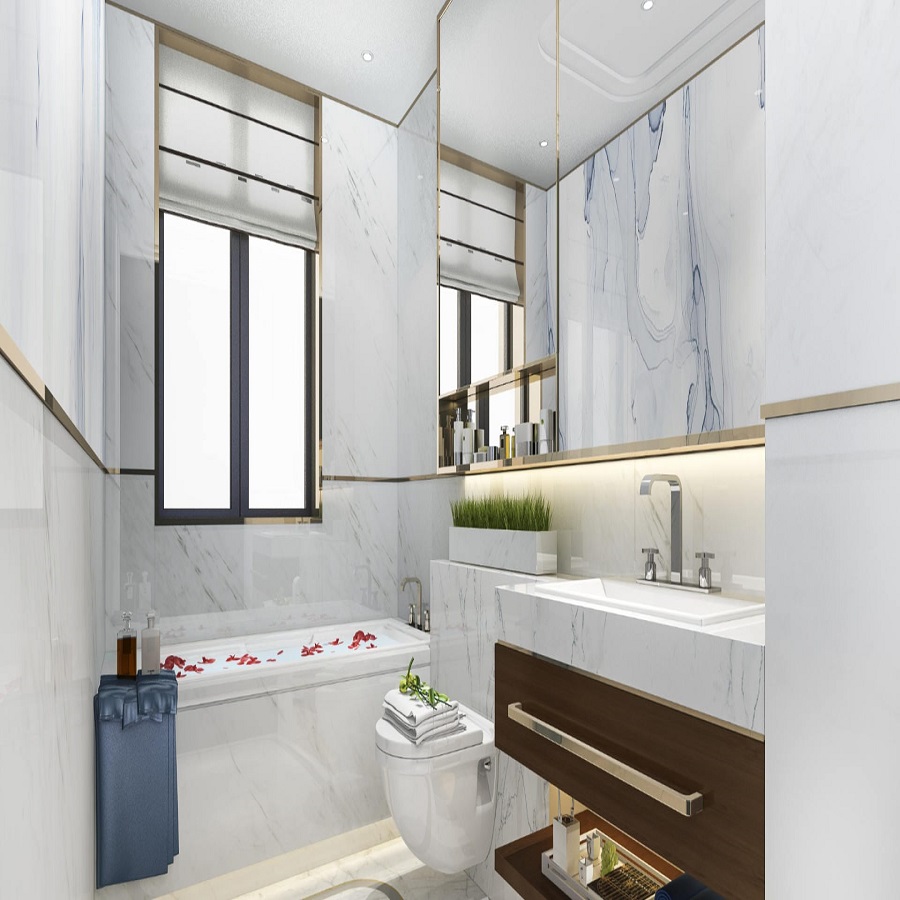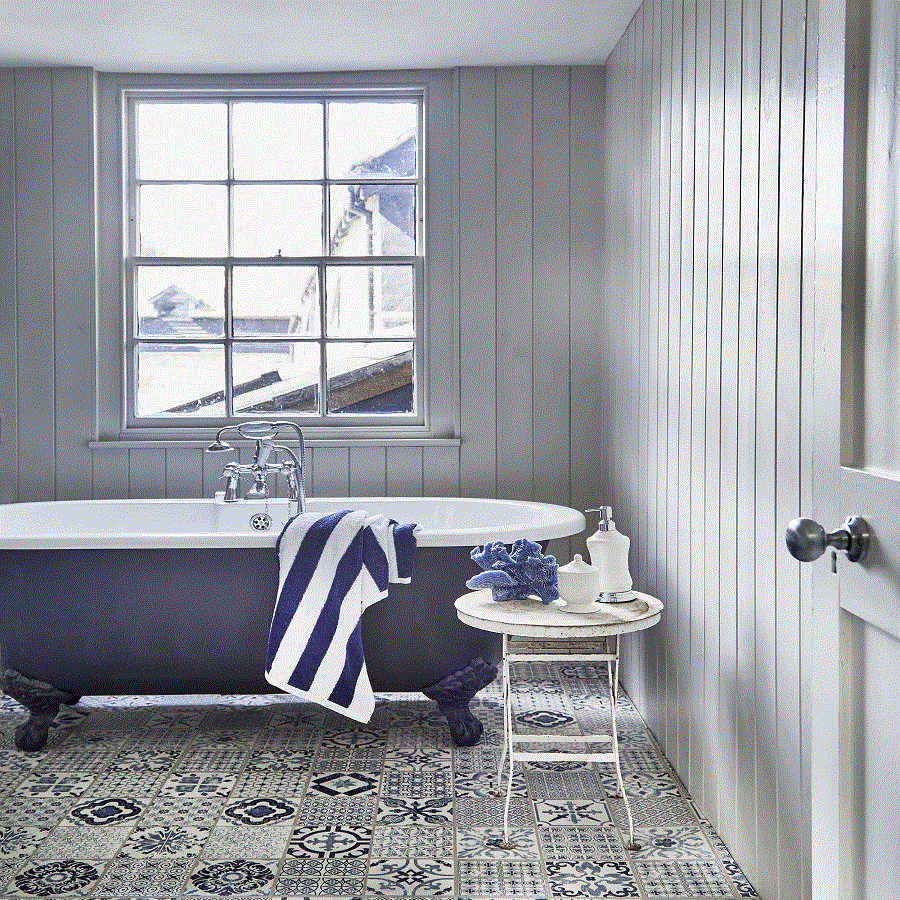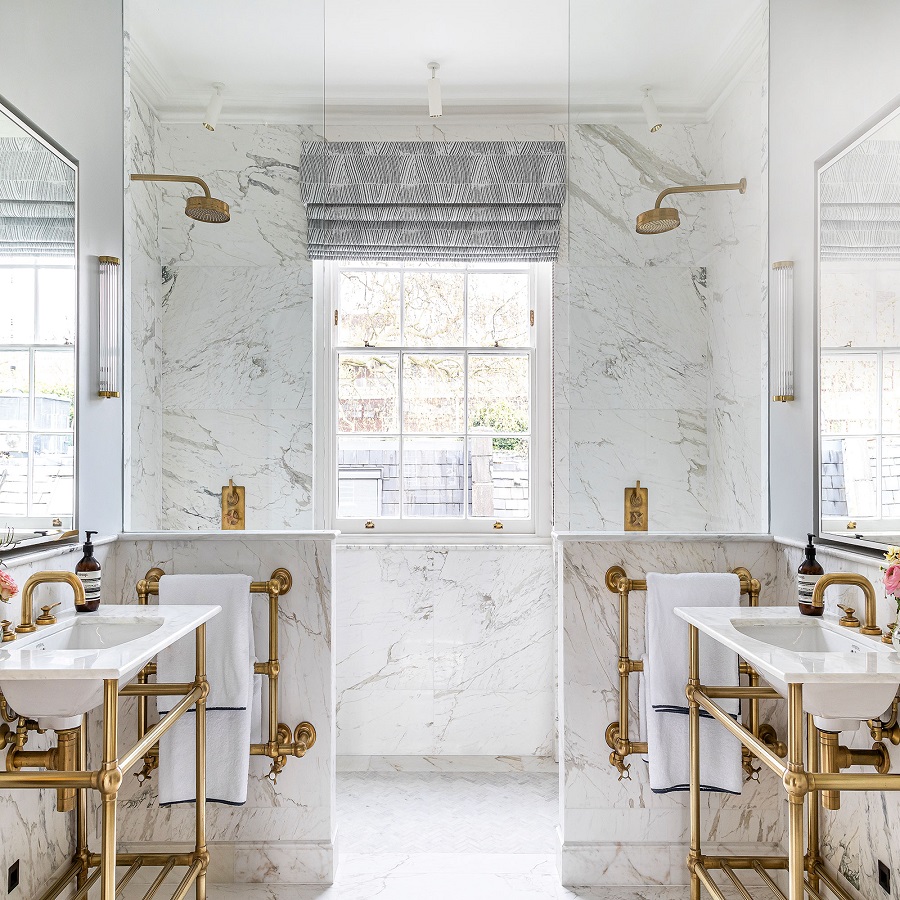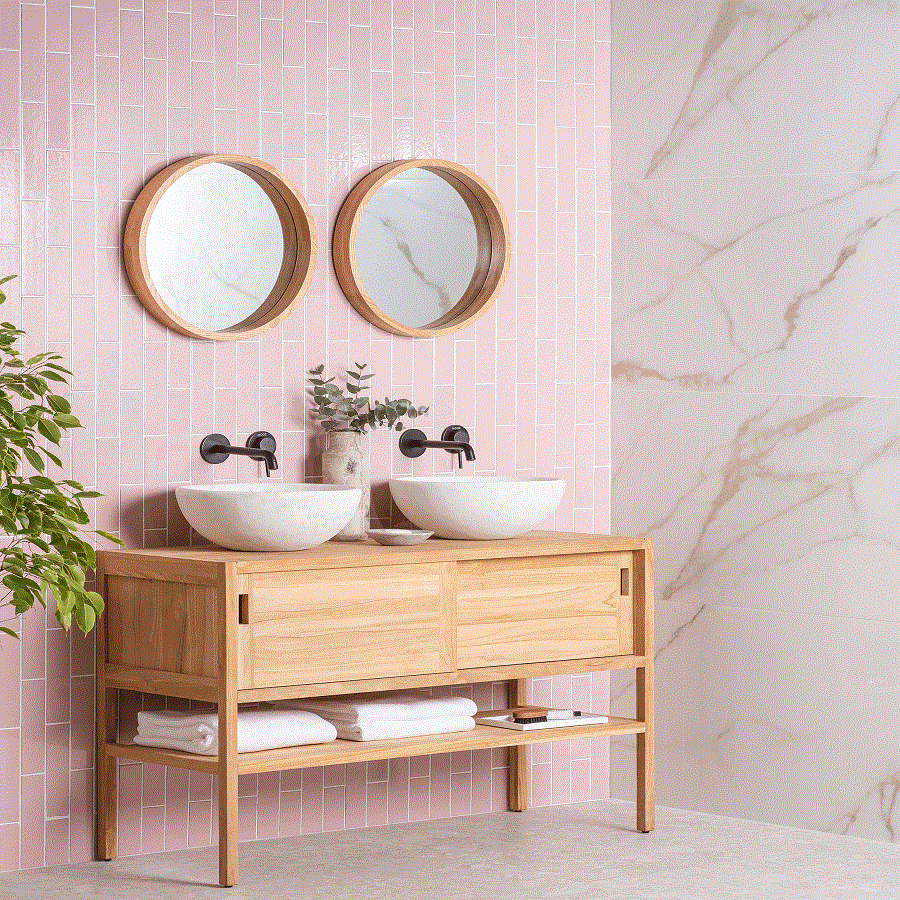Planning Your Budget Bathroom Addition
Adding a bathroom to your home can boost its value and functionality. But with careful planning and a strategic approach, you can make this upgrade without breaking the bank. Start by assessing your finance. Determine how much you can comfortably invest in your bathroom addition. This number will guide every decision from materials to labor costs.
Next, outline your bathroom’s essentials. Choose only the features you truly need. Avoid luxury items if they’re not within your budget. For the cheapest way to add a bathroom, consider the space’s current layout. Sometimes, you can convert underutilized areas like closets or the space under stairs.
Create a detailed plan. This plan should include a step-by-step approach to the addition. Gather price estimates for every aspect of the project. Compare prices between vendors and retailers to find the best deals. Remember to include a contingency fund. Renovations often have unexpected costs.
Finally, research permits. Some places require permits for plumbing or electrical work. Knowing these costs in advance will help prevent surprises. With a solid plan, your budget-friendly bathroom addition is well underway to becoming a reality.

The DIY Approach to Adding a Bathroom
Embracing a DIY approach can significantly lower the costs of adding a bathroom. By doing most of the work yourself, you can save on labor, which often represents a substantial portion of renovation expenses. Before diving in, assess your skill level. Are you capable of basic plumbing and electrical work? If so, take on these tasks to cut costs. If not, focus on tasks like painting, tiling, and assembly that don’t require specialized knowledge.
Remember, safety comes first. Always wear protective gear and follow guidelines. When tackling DIY bathroom addition, watch tutorial videos and read how-to guides. Many resources are available online that can walk you through various renovation processes. Also, consider borrowing tools from friends or renting them instead of buying new ones.
Gather a team of helpers. Friends or family members who are willing to lend a hand can make the task lighter and more manageable. Collaborate on tasks like demolition and installation. This teamwork can make the project enjoyable and less overwhelming.
Keep in mind, though, some tasks are best left to professionals. For example, complex plumbing or advanced electrical work requires expertise. Recognize your limits. Don’t hesitate to call in professionals for these parts of the project. It ensures safety and adherence to building codes.
In summary, a DIY bathroom addition is possible with careful planning, the right tools, and a little help from your network. By investing your time and effort, the cheapest way to add a bathroom becomes a rewarding project that boosts your home’s value and functionality.
Money-Saving Tips for Bathroom Construction
To ensure you’re on the cheapest way to add a bathroom without sacrificing quality, follow these money-saving tips. First, opt for cost-effective materials. Choose mid-grade tiles and fixtures over high-end options. They often look similar but at a fraction of the cost.
Next, reuse or repurpose where possible. Check out local salvage shops for gently used fixtures. This can add character to your bathroom while saving money. Always compare prices for the items you need. Look for sales, discounts, and online deals.
Consider doing your own demolition. Tearing out old fixtures and tile can be done safely with basic tools. This step alone can save a considerable amount on labor costs. Also, do the painting yourself. A fresh coat of paint can transform a space, and it’s a relatively easy and low-cost task.
Another tip is to shop for remnants. Granite and marble shops often sell leftover pieces at a discount. These remnants can be perfect for bathroom countertops. Plan your space efficiently to minimize waste. Use standard-sized tiles to reduce the need for cutting and leftovers.
Finally, remember to sell or donate what you’re replacing. Old fixtures and materials can still have value. Selling them can recoup some costs, and donating might provide a tax deduction. By adopting these strategies, you’ll be able to construct your new bathroom while keeping expenses low.

Prioritizing Tasks and Expenses
When you’re on a mission to add a bathroom affordably, it’s vital to know where to start and where to save. Here’s how you can prioritize tasks and handle expenses for the cheapest way to add a bathroom:
Decide What’s Essential
List the absolute must-haves for your new bathroom. Think about the essentials: a toilet, sink, and perhaps a shower or tub. Skip the extras like a bidet or a double vanity if they’re not crucial.
Evaluate Your Skills
Assess what tasks you can do yourself and what you might need help with. If you’re handy with tiles, you can save on flooring costs. For jobs beyond your skills, consider hiring help.
Get Multiple Quotes
For the professional work you can’t do, always get multiple quotes. Compare costs from different contractors to find the best price.
Tackle Projects in Phases
Break down the addition into smaller projects. Complete each phase as funds allow. This approach helps you avoid taking on too much debt at once.
Invest in High-Impact Areas
Put your money where it will show. Quality fixtures in the shower or sink can elevate the whole space. Choose items that offer durability and style within your budget.
By focusing on a strategic approach to expenses and tasks, you can find the cheapest way to add a bathroom without cutting corners on quality. Remember, the goal is to increase your home’s value and functionality without overspending.
When to Call in the Professionals
While the DIY approach is the cheapest way to add a bathroom, there are times when professional help is paramount. When the project involves complex tasks, such as plumbing or electrical work, it’s wise to hire experts. These tasks require specific skills and knowledge to ensure safety and compliance with local building codes.
Recognizing Complex Tasks
Identify jobs that are too complicated or risky to do yourself. This includes any work that requires a permit. Alterations to the home’s structure also fall under this category.
Understanding Local Regulations
Research your area’s building regulations. These often dictate when you need to hire a licensed contractor. Not following the rules can lead to fines or issues when selling your home.
Ensuring Safety
Safety is the top priority. Projects involving gas lines, major electrical changes, or significant plumbing alterations should be left to the professionals. Mistakes in these areas can be dangerous.
Achieving Quality Work
Professionals guarantee their work meets industry standards. This is crucial for preserving your home’s value and ensuring the work lasts for years to come.
By knowing when to call in the professionals, you maintain the balance between budget-friendly and safe, up-to-code bathroom addition. Remember to factor in these costs when planning your budget, so you can still achieve the cheapest way to add a bathroom without compromising on quality or safety.

Finding Affordable Materials and Fixtures
To accomplish the cheapest way to add a bathroom, you must find affordable materials and fixtures. Here are some tips to guide you:
- Shop Sales and Discounts: Keep an eye out for sales at local hardware stores. Special discounts can slash costs significantly.
- Compare Online and In-Store Prices: Online retailers often offer competitive prices on bathroom materials and fixtures. Compare these with physical store prices.
- Consider Alternative Materials: Instead of granite, opt for less expensive laminate countertops. They can mimic the look of stone for less.
- Buy in Bulk: If you need a large quantity of an item, such as tile, see if you can get a bulk discount. This can offer significant savings.
- Choose Standard Over Custom: Custom sizes can be pricey. Stick to standard sizes for items like bathtubs and vanities to keep costs down.
- Look for Overstock Items: Retailers sometimes sell overstock or discontinued items at a discount. These can be high-quality at a lower price.
- Use Substitutes Wisely: A high-end looking vinyl flooring can replace real wood or stone, offering durability and style at a fraction of the cost.
- Attend Auctions or Estate Sales: These can be goldmines for unique fixtures at bargain prices. Make sure to check the condition before buying.
- Reuse Existing Pieces: If you already have fixtures that are still in good shape, consider reusing them. This can save both money and time.
- DIY Simple Fixes: Simple updates like replacing cabinet hardware can make a big impact without a big cost. Do it yourself to save on labor.
By applying these tips, you’re on the right path to source materials and fixtures that won’t blow your budget. Every penny saved on materials is a penny that can be invested elsewhere in your bathroom addition.
Maximizing Home Value with a Bathroom Addition
Adding a bathroom can greatly increase your home’s worth. To maximize the value given the cheapest way to add a bathroom, focus on smart investments. Choose timeless designs rather than trendy ones for broad appeal. Install quality fixtures in key areas, like the sink or shower. These draw attention and give a sense of luxury.
Use neutral colors for tiles and walls. They make the bathroom look bigger and brighter. This appeals to potential buyers. Upgrade lighting fixtures to make the space inviting and open. Simple additions like towel bars or a nice mirror can make a big difference without much cost.
Remember energy-efficient features, like low-flow toilets and faucets. They save water and attract eco-conscious buyers. Heated floors are another desirable feature that can be a selling point.
Lastly, document the process. Keep all receipts and permits. Show potential buyers the quality and legality of the work. This transparency builds trust and can increase home value even more.
Real-Life Budget Bathroom Addition Success Stories
Hearing about the success stories of others can be inspiring and informative when you’re considering adding a bathroom on a budget. These real-life examples demonstrate how the cheapest way to add a bathroom can still result in a beautiful and functional space.
One family decided to take on the challenge of a DIY bathroom addition. Despite initially feeling overwhelmed, they researched extensively. They watched online tutorials and sought advice from friends skilled in carpentry and plumbing. By doing the majority of work themselves, they kept labor costs low. They also hunted for sales and discounts on fixtures and tiles, making smart, economical choices without compromising on style.
Another success story comes from a couple who repurposed an underutilized closet into a half-bath. This clever use of space saved them from expanding the home’s footprint, which is often one of the most expensive parts of an addition. They chose mid-grade finishes and did their own painting and tiling. They managed to add functional value to their home with minimal spending.
One homeowner found a way to save by purchasing overstock items and shopping at local auctions. They were able to score high-end fixtures that were being cleared out at significantly reduced prices. This allowed them to add touches of luxury to their bathroom addition without straying from their modest budget.
These stories show that with creativity, patience, and a willingness to put in some elbow grease, the cheapest way to add a bathroom doesn’t have to mean low quality. These homeowners enhanced their home’s value and functionality while sticking to their budgets, proving that a little resourcefulness goes a long way.


